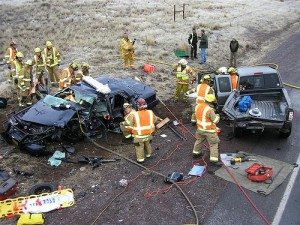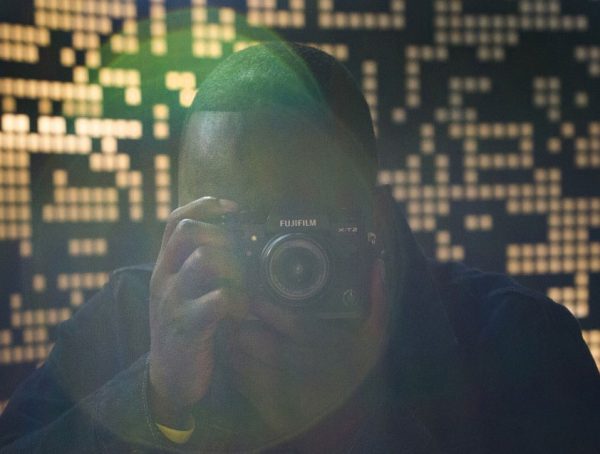 If you cover breaking news in just about any local market, you’ve probably had to come to terms with a new reality. Someone else is going to get pictures before you do. Their video may not be as good as yours, but they’ve probably captured something you’ve missed. So now what?
If you cover breaking news in just about any local market, you’ve probably had to come to terms with a new reality. Someone else is going to get pictures before you do. Their video may not be as good as yours, but they’ve probably captured something you’ve missed. So now what?
“After 45 years of chasing news professionally, I realize I cannot be first on the scene with a camera unless I am the first one on the scene,” says WCVB photojournalist Stanley Forman in the latest issue of NPPA News Photographer magazine.
The problem [is] that as a long-time news photographer, I cannot beat the competition any more. The competition is anyone who has a cell phone, smart phone or any other portable device that takes still or video. The other problem is that practically everyone has the technology and knows what to do with it.
Forman says this new reality has changed the way he approaches breaking news. He still tries to beat the other stations to the scene and shoots the best video he can right away. But now, he has an additional task: Find the best images other people have shot and secure them for his station.
“I do well on the search for the best stuff available because my station sort of allows me to make offers to the owner of the images with a financial reward,” Forman writes. Right there on the spot, he screens what others have shot and decides if it’s “good enough” to offer to purchase it.
Has the new reality changed the way you operate in the field on breaking news? I’d be curious to know how.









6 Comments
Great point about getting the best stuff from people already there. Our main concern is getting a still image and info to the station/website asap. On big stories it is not uncommon to spot someone looking at what they shot on their digital camera/or phone Have tried to hook up laptop in the field, but often have them email the stills. Have even pointed may camera at their LCD screen.
Sometimes people there at the time will shoot stuff you can’t air for whatever reason.Good reminder to consider this as a part of a spot news check list
Tropical Storm Irene highlighted for us the strength of viewer/public provided material. Unique video of collapsing covered bridges, wiped out roads, bridges and homes from towns completely isolated made it to air because of the efforts of viewers. We relied on it heavily during the initial onslaught of the storm. With dozens of bridges out and literally hundreds of roads shut down we could not get into these places ourselves. Those viewer submitted images gave everyone a much better idea of how significant the devastation was. Those were the images that went viral.
The big problem became managing the workflow of so many field submissions from viewers and our own staff. It maxed out our system, clogged folders, and overstretched resources taking them in, sorting them out and turning them all around.
It isn’t easy, and you still have to stick to your standards, but the web and mobile media gave us the ability to provide a real sense of what was happening. We kept communicating fresh information and told stories that may have saved lives.